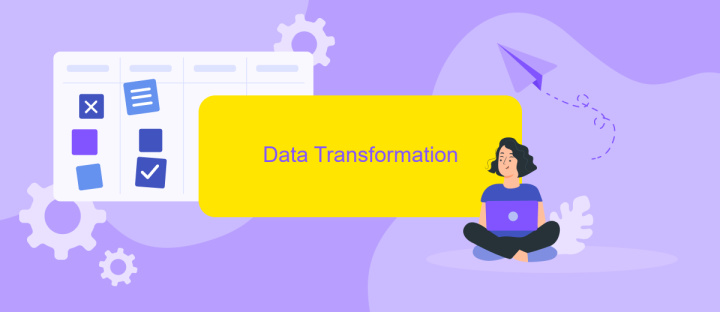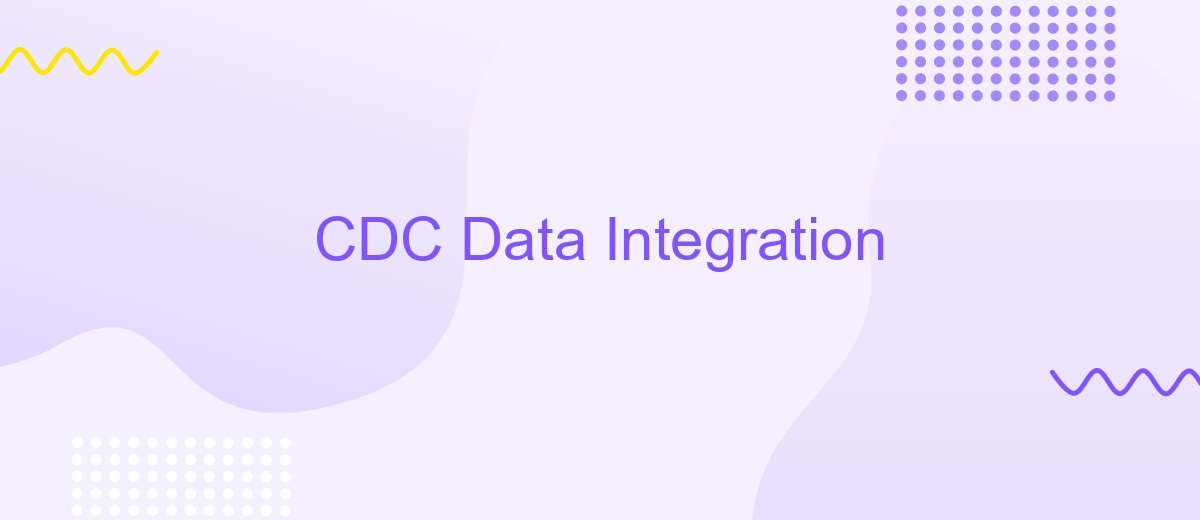CDC Data Integration
Integrating CDC (Change Data Capture) data is pivotal for modern enterprises aiming to maintain real-time, accurate data across their systems. By capturing and synchronizing changes from various data sources, organizations can enhance decision-making, streamline operations, and ensure data consistency. This article explores the methodologies, benefits, and best practices for effective CDC data integration, providing insights into how businesses can leverage this technology for optimal performance.
Introduction
CDC (Change Data Capture) Data Integration is a crucial process for modern data management, enabling real-time data synchronization across various systems. It ensures that any changes in the source data are accurately and promptly reflected in the target systems, thereby maintaining data consistency and integrity.
- Real-time data synchronization
- Maintaining data consistency
- Ensuring data integrity
Integrating CDC data can be streamlined using platforms like ApiX-Drive, which simplifies the setup and management of data integrations. ApiX-Drive offers user-friendly tools to connect different data sources and automate data flows, making it easier to achieve seamless data synchronization. This service is particularly beneficial for businesses looking to enhance their data integration processes without extensive technical expertise.
Data Extraction

Data extraction is a critical step in the process of CDC (Change Data Capture) data integration. It involves retrieving data from various sources, such as databases, APIs, and other storage systems, to ensure that the most current and relevant information is available for analysis. This process can be complex, requiring robust tools and techniques to handle large volumes of data efficiently and accurately. The goal is to capture only the changes made to the data, minimizing the load on the system and ensuring timely updates.
One of the tools that can simplify the data extraction process is ApiX-Drive. This service provides a user-friendly interface for setting up integrations between different data sources and destinations. With ApiX-Drive, users can automate the extraction of data from various platforms without needing extensive technical knowledge. The service supports a wide range of applications and databases, making it a versatile solution for businesses looking to streamline their CDC data integration efforts. By leveraging tools like ApiX-Drive, organizations can ensure that their data extraction processes are efficient, reliable, and scalable.
Data Transformation

Data transformation is a critical step in the CDC data integration process, ensuring that raw data is converted into a usable format for analysis and reporting. This step involves several key activities that help in refining and structuring data.
- Data Cleaning: Removing inconsistencies, duplicates, and errors from the data to ensure accuracy and reliability.
- Data Mapping: Aligning data from various sources to a common format or schema, facilitating seamless integration.
- Data Enrichment: Adding additional information or context to the data, enhancing its value and utility.
- Data Aggregation: Summarizing and combining data from multiple sources to provide a comprehensive view.
Using tools like ApiX-Drive can significantly streamline the data transformation process. ApiX-Drive offers automated workflows that simplify data cleaning, mapping, and enrichment tasks, reducing manual effort and improving efficiency. By leveraging such services, organizations can ensure that their data is consistently accurate, well-structured, and ready for analysis.
Data Loading

Data loading is a crucial step in the CDC (Change Data Capture) data integration process. It involves transferring data from source systems into a data warehouse or data lake for further analysis and reporting. This process ensures that the data is accurate, up-to-date, and ready for business intelligence applications.
To achieve efficient data loading, it is essential to use robust ETL (Extract, Transform, Load) tools and techniques. These tools help in extracting data from multiple sources, transforming it into a suitable format, and loading it into the target system. One such tool that simplifies this process is ApiX-Drive. It offers seamless integration capabilities, allowing users to connect various data sources and automate data transfers with minimal effort.
- Extract data from multiple sources
- Transform data into the required format
- Load data into the target system
- Automate data transfers
Using ApiX-Drive for data loading not only streamlines the process but also ensures data consistency and reliability. Its user-friendly interface and powerful features make it an ideal choice for organizations looking to enhance their data integration workflows. By leveraging such tools, businesses can focus more on data analysis and decision-making, rather than dealing with the complexities of data loading.


Data Visualization and Analysis
Effective data visualization and analysis are crucial for leveraging CDC data integration. By transforming raw data into insightful visual representations, organizations can identify trends, patterns, and anomalies that might otherwise remain hidden. Tools like dashboards and interactive charts facilitate real-time monitoring and decision-making, enabling stakeholders to act on data-driven insights promptly. Integrating these visual tools with CDC data ensures that critical health information is accessible and comprehensible to a wide audience, from policymakers to healthcare providers.
To streamline the integration process and enhance data visualization, services like ApiX-Drive can be instrumental. ApiX-Drive allows seamless connection between various data sources and visualization platforms, automating data flow and reducing manual intervention. This not only saves time but also minimizes the risk of errors, ensuring data integrity and reliability. By leveraging ApiX-Drive, organizations can ensure that their data visualization efforts are both efficient and effective, providing a solid foundation for comprehensive data analysis and informed decision-making.
FAQ
What is CDC (Change Data Capture) and why is it important?
How does CDC Data Integration work?
What are the common use cases for CDC Data Integration?
How can I implement CDC Data Integration in my organization?
What are the challenges associated with CDC Data Integration?
Routine tasks take a lot of time from employees? Do they burn out, do not have enough working day for the main duties and important things? Do you understand that the only way out of this situation in modern realities is automation? Try Apix-Drive for free and make sure that the online connector in 5 minutes of setting up integration will remove a significant part of the routine from your life and free up time for you and your employees.

